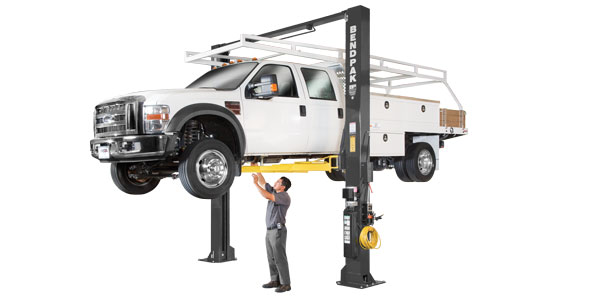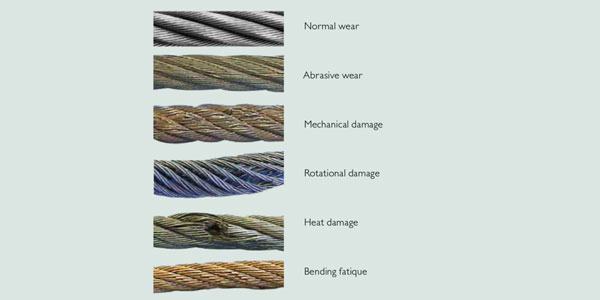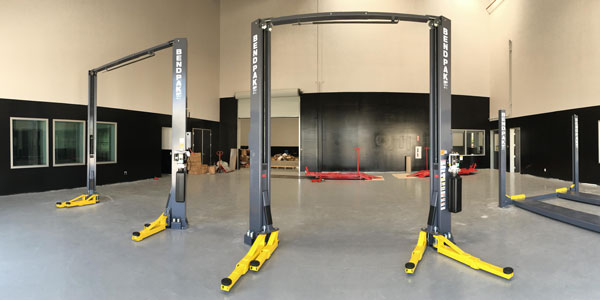The U.S. average price for diesel is over $4 a gallon and rising, with fill-ups hitting $1,200 or more. It’s now more important than ever to reduce fuel consumption. And less diesel consumed means less CO2 emitted to the atmosphere.
One place to find improved fuel economy starts with resetting the engine electronic parameters. Ed Saxman, marketing product manager – drivetrain, for Volvo Trucks North America, offers the following suggestions. While some are specific to Volvo engine controls, most are applicable to any modern on-highway vehicles with electronically-controlled engines.
Slow down: Reset the road speed limiter (RSL) to a lower speed. The rule of thumb is a gain of one-tenth of a mile per gallon for every one mile per hour reduction in speed. Slowing from 73 MPH to 68 MPH can save as much as a half-mile per gallon.
Use the right gear: Make sure drivers aren’t spending too much time in lower gears, such as cruising in 9th instead of 10th gear. Set the maximum speed (on the differential road speed governor) for one gear down to a speed that will encourage the driver to use the top gear, thereby lowering engine RPM and saving fuel (and avoiding unnecessary wear on the engine).
Engine brake settings: If the engine brake is set to engage with the cruise control, consider disabling this feature. This will allow the truck to roll out farther after a downgrade, so the driver doesn’t have to go back on the accelerator as quickly. Another tip with the same effect for highway applications is to disable the fan-on setting with engine brake.
Cruise control setting: Setting the maximum cruise control set speed to two MPH less than the RSL can be an incentive for the driver to slow down an additional two MPH.
Another cruise control tip is to set “elastic” cruise and RSL limits, so they allow speed to drop very slightly on upgrades and allow the truck to roll out a little faster on downgrades. This improves fuel economy.
Performance: No matter how fuel efficient the truck, the biggest single impact on fuel economy is the driver. Tell the driver to ease up on the throttle or to shift to a higher gear to keep engine RPM low, both of which help keep the engine in the “sweet spot” of its performance range.
Maintain good maintenance: A well-maintained truck runs more efficiently than a poorly maintained one. Wheel alignment, as signaled by tire wear patterns, can affect fuel economy. Resetting the injectors and valves is a scheduled maintenance procedure that should not be deferred, since it will definitely improve fuel economy.
Make sure tires have the correct air pressure. “Tire pressure can significantly affect fuel mileage, and requires a closer inspection than a thump with a baseball bat,” Saxman says. “The time it takes to periodically air up all eighteen tires to recommended pressure is well worth it.”
Finally, pay attention to fuel quality and buy from a quality supplier. Poor fuel filter life frequently has poor quality fuel as the root cause.




